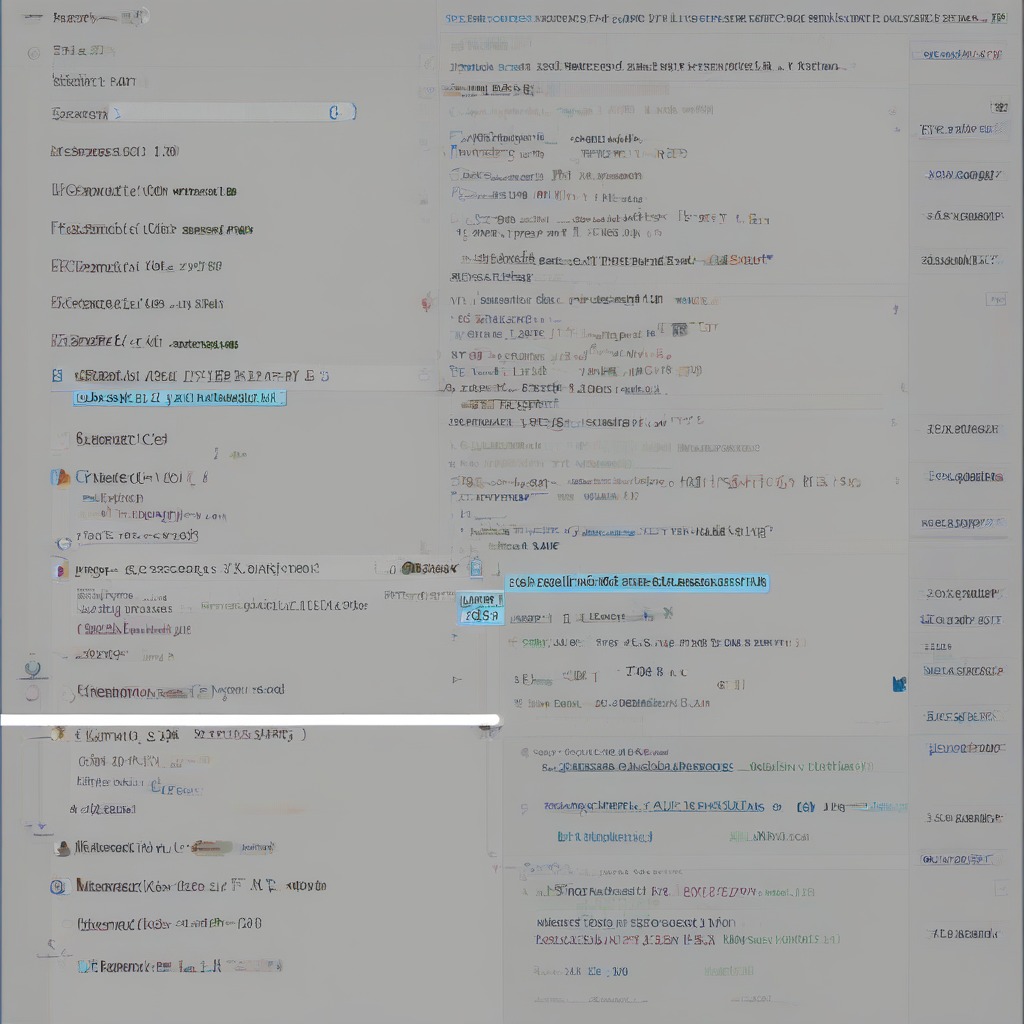Best Ways to Finance Home Improvement Projects: A Comprehensive Guide
Investing in home improvement projects can significantly enhance your living space, increase your property value, and improve your quality of life. However, these projects often require significant financial investment. This comprehensive guide will explore the best ways to finance home improvement projects, equipping you with the knowledge and strategies to make informed decisions and secure the funds you need.
Understanding Your Financial Situation
Before diving into financing options, it’s crucial to assess your current financial situation. This involves:
- Determining Your Budget: Estimate the total cost of your project, including materials, labor, permits, and unexpected expenses. Be realistic and factor in potential price increases.
- Analyzing Your Credit Score: Your credit score will impact the interest rates and loan terms you qualify for. Review your credit report and take steps to improve your score if necessary.
- Assessing Your Debt-to-Income Ratio (DTI): Your DTI measures your monthly debt payments against your gross monthly income. A lower DTI generally improves your chances of securing a loan.
- Identifying Available Savings: Evaluate how much you can contribute from your savings towards the project. Contributing a substantial down payment can lower your financing costs.
Traditional Financing Options
Traditional financing options offer structured loan arrangements with fixed interest rates and repayment terms. These include:
Home Equity Loan (HELOC)
- Description: A HELOC allows you to borrow against the equity you’ve built in your home. It’s a line of credit, similar to a credit card, with a variable interest rate.
- Pros: Lower interest rates compared to personal loans, flexible borrowing, potential tax deductions on interest.
- Cons: Variable interest rates can increase over time, risk of losing your home if you default.
Home Equity Line of Credit (HELOC)
- Description: Similar to a HELOC, but with a fixed interest rate and fixed monthly payments.
- Pros: Fixed interest rates provide predictable payments, good for larger projects with defined costs.
- Cons: May have higher interest rates than HELOCs, less flexibility for unexpected expenses.
Personal Loan
- Description: Unsecured loans that are not tied to specific assets, often with higher interest rates.
- Pros: Quick and easy application process, available from various lenders.
- Cons: Higher interest rates, can impact your credit score if not managed responsibly.
Cash-Out Refinance
- Description: Replacing your existing mortgage with a new one for a larger amount, allowing you to tap into your home’s equity.
- Pros: Lower interest rates if market conditions are favorable, potential for longer loan terms.
- Cons: Potentially higher overall borrowing costs, risk of extending your mortgage term.
Alternative Financing Methods
Beyond traditional loans, explore alternative financing methods that may be more suitable for specific needs:
Credit Cards
- Description: Offer short-term financing with high interest rates.
- Pros: Convenient for smaller projects, potential for rewards and cash back.
- Cons: High interest rates can accumulate quickly, risky if you can’t pay the balance in full.
Home Improvement Loans
- Description: Specifically designed for home improvement projects, often with lower interest rates than personal loans.
- Pros: Tailored terms for home improvements, potentially lower interest rates.
- Cons: May have stricter eligibility requirements, limited loan amounts.
Government Programs
- Description: Federal and state programs provide financial assistance for energy-efficient upgrades and home improvements.
- Pros: Subsidies, grants, and low-interest loans can significantly reduce project costs.
- Cons: Specific eligibility criteria, limited availability.
Seller Financing
- Description: The seller of your home provides financing instead of a traditional lender.
- Pros: Potentially lower interest rates, flexible repayment terms.
- Cons: Limited availability, risks associated with dealing directly with a seller.
Choosing the Right Financing Option
Consider these factors when selecting the best financing option for your project:
- Project Cost: Determine the total project cost to assess the loan amount you need.
- Interest Rates: Compare interest rates from different lenders to secure the most favorable terms.
- Loan Terms: Evaluate loan terms, including repayment periods, prepayment penalties, and closing costs.
- Your Credit Score: Understand how your credit score impacts eligibility and interest rates.
- Debt-to-Income Ratio: Ensure you can comfortably manage loan repayments while maintaining a healthy DTI.
Tips for Successful Home Improvement Financing
Follow these strategies to improve your chances of securing financing and managing your budget effectively:
- Shop Around for Rates: Get quotes from multiple lenders to compare interest rates and loan terms.
- Build Your Credit Score: Take steps to improve your credit score before applying for loans.
- Negotiate Loan Terms: Don’t hesitate to negotiate interest rates, loan terms, and closing costs.
- Create a Realistic Budget: Factor in all project expenses and anticipate potential cost overruns.
- Stick to Your Budget: Avoid making unnecessary changes or additions that increase project costs.
- Consider a Home Improvement Loan: These loans can provide more favorable terms than personal loans.
- Explore Government Programs: Research available programs for potential financial assistance.
- Prioritize Essential Projects: Focus on upgrades that increase your home’s value and functionality.
- Avoid Overextending Yourself: Don’t borrow more than you can comfortably repay.
By thoroughly understanding your financial situation, exploring various financing options, and following smart budgeting strategies, you can secure the funds you need to transform your home and enhance your living space. Remember, responsible financing practices ensure that your home improvement projects are a source of pride and value, not financial stress.





